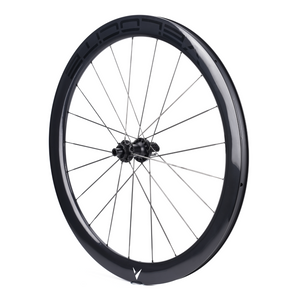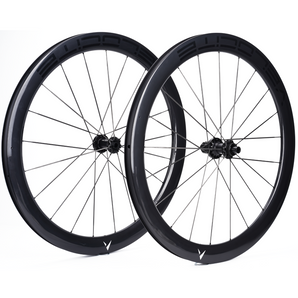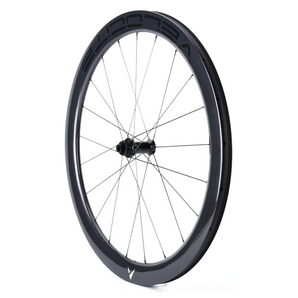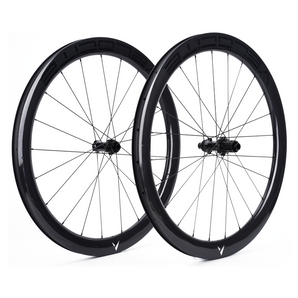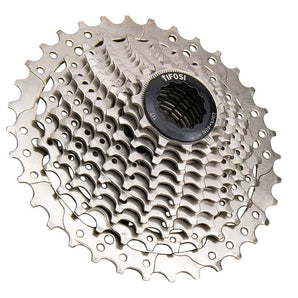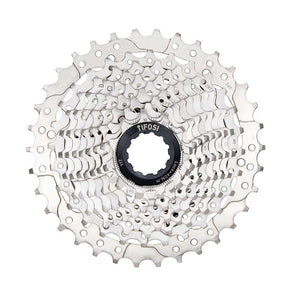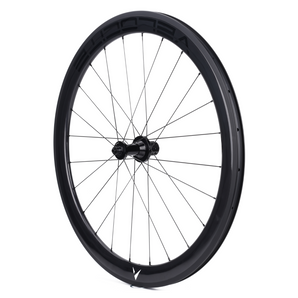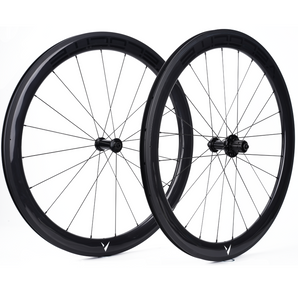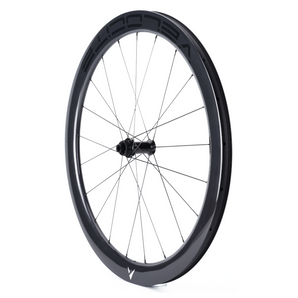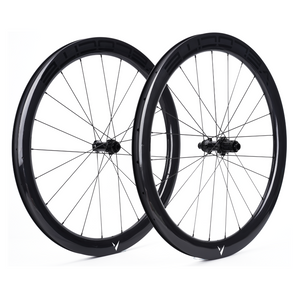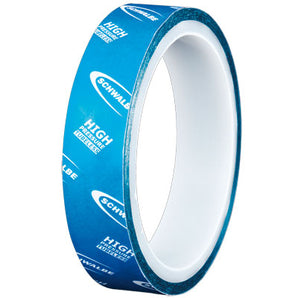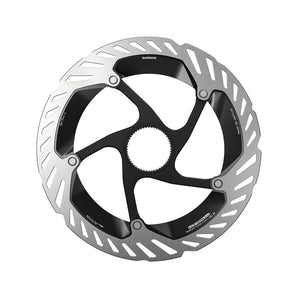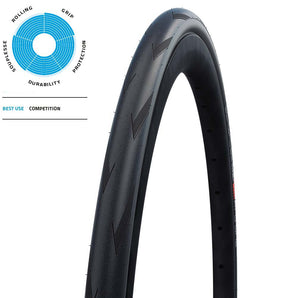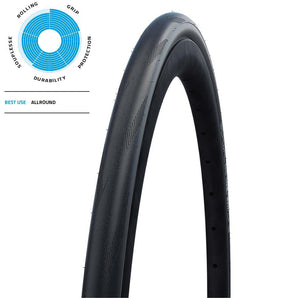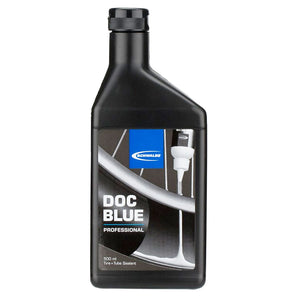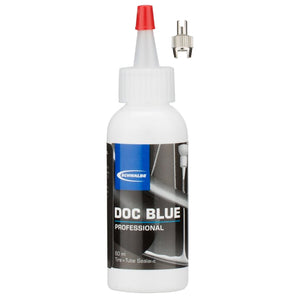Introduction: The Hookless Debate in Carbon Wheel Design
If you've been following the evolution of carbon wheels, you've likely heard the buzz and the controversy around hookless rims. Originally introduced to reduce manufacturing costs and weight, hookless designs are increasingly promoted as the future of tubeless wheel technology.
But at Velocite Wheels, we haven’t made that switch. In fact, we’ve deliberately chosen not to use hookless rims, despite industry trends. Why? Because our primary concern is rider safety and real-world reliability especially at the high pressures road cyclists demand.
As an engineer and performance wheel designer, I’m going to break down exactly why hookless rims present serious safety risks, and why hooked rims remain the gold standard for high-performance carbon wheels.

What Are Hookless Rims?
Hookless rims (also known as straight-side rims) lack the traditional inward-facing bead hook that secures the tire bead. Instead of “grabbing” the tire at the rim edge, hookless rims rely on:
-
Precise tire fit
-
Tubeless compatibility
-
Lower inflation pressures
This design originated in mountain biking, where wider tires and lower pressures reduce the risk of blowouts. But as this technology moves into road cycling, where pressures routinely exceed 70–100 psi, serious concerns arise.
The Hidden Dangers of Hookless Rims
1. Blowout Risk at High Pressure
Hookless rims are only rated for use at lower pressures typically max 72.5 psi (5 bar). Many performance road cyclists still run 80–100 psi, which exceeds the tolerance of hookless setups.
At higher pressures, the tire bead can unseat, leading to a catastrophic blowout—especially when cornering or descending.
💥 A blowout at 50 km/h can result in serious injury. That’s not a risk we’re willing to take.

2. Strict Tire Compatibility
Hookless rims require tubeless-ready tires with very specific bead tolerances something most riders aren’t aware of. Many popular tires, even high-end ones, are not officially rated for hookless use.
Using a non-compliant tire even accidentally can cause:
-
Incomplete sealing
-
Burping under lateral stress
-
Explosive separation from the rim
Most cyclists don’t check hookless compatibility lists every time they buy a tire. The result? Real-world risk due to simple mistakes.
3. Limited Pressure Range and Versatility
With hookless rims:
-
Inner tubes are discouraged (if not outright unsupported)
-
High-pressure road use is unsafe
-
Tire choices are limited
This is a huge problem for performance-focused riders who need versatility. Hooked rims, by contrast, work with:
-
Clincher tires
-
Inner tubes
-
Tubeless setups
-
High-pressure inflation
In short: hooked rims give you freedom and reliability. Hookless rims demand compromises.
4. Lack of Universal Standards
Even now, there is no unified global standard for hookless rim/tire compatibility. Brands interpret tolerances differently, and consumers are caught in the middle.
Some brands have already experienced:
-
Tire recalls
-
Failed blowout tests
-
Public warnings (e.g., WTB, Zipp, etc.)
For a wheel that’s meant to support 60–90 kg+ of rider weight at speed, this lack of standardisation is unacceptable.

Why Velocite Wheels Use Hooked Rims and Always Will
At Velocite, our mission is to deliver the most advanced, reliable carbon wheels on the market—without compromising safety. That’s why every rim we produce maintains a hooked bead wall.
Hooked Rim Advantages:
✅ Supports higher tire pressures
✅ Compatible with inner tubes and tubeless setups
✅ Works with a wider range of tires
✅ Physically locks tire bead in place
✅ Prevents unseating under lateral load (cornering, descending)
🚴 We design our wheels for real cyclists riding at real speeds—not for lab-only conditions or marketing hype.
Our engineers tested hookless concepts as early as 2018, but quickly ruled them out after simulating tire unseating events at 90 psi. The failure mode was not just unacceptable—it was dangerous.

Real-World Case: Hookless Failure in Pro Pelotons
Even pro teams with full mechanic support have encountered hookless failures in racing:
-
Tire unseating on descents
-
Burping on tight corners
-
Lack of pressure tuning flexibility
If it’s not working for pros under controlled conditions, why would it work reliably for everyday cyclists?
When Hookless Might Work And Why We Still Don’t Use It
In gravel, CX, and MTB, hookless rims are viable. But that’s because:
-
Tires are 38mm+
-
Pressures rarely exceed 40 psi
-
Sidewall and bead designs are different
Road cycling is an entirely different world—narrow tires, high pressures, and extreme forces. Until standards catch up and safety is guaranteed, we’re staying with what we know works: hooked carbon rims.
Conclusion: Performance Without Compromise
The trend toward hookless rims may look modern, but for road cyclists who value safety, control, and versatility, it’s not the right path.
At Velocite Wheels, our commitment is clear:
-
No shortcuts
-
No gimmicks
-
Just reliable, safe, high-performance carbon wheels designed by engineers who ride
TL;DR – Hookless vs Hooked Rims
| Feature | Hookless Rim | Hooked Rim (Velocite) |
|---|---|---|
| Max Safe Pressure | ~72 psi (5 bar) | 110+ psi |
| Tire Compatibility | Tubeless only, limited | Tubeless + clincher/tube |
| Blowout Risk | High at pressure | Very low |
| Cornering Safety | Lower | Higher |
| Versatility | Limited | Wide range |
| Industry Standards | Inconsistent | Established |
Still Wondering Which Rim Design is Right for You?
If you:
-
Ride fast or race
-
Run pressures over 70 psi
-
Want maximum tire flexibility
-
Care about cornering confidence
-
Don’t want to risk catastrophic tire failure...
…then hooked rims are the only safe choice. And Velocite Wheels builds them to the highest standards in the world.
🔧 Engineered for precision. Trusted at speed. Built for real riders.


